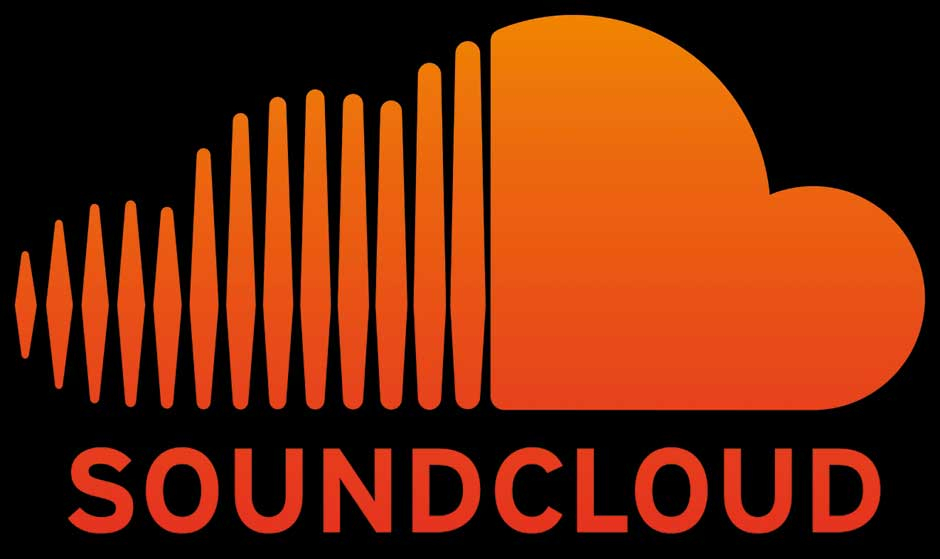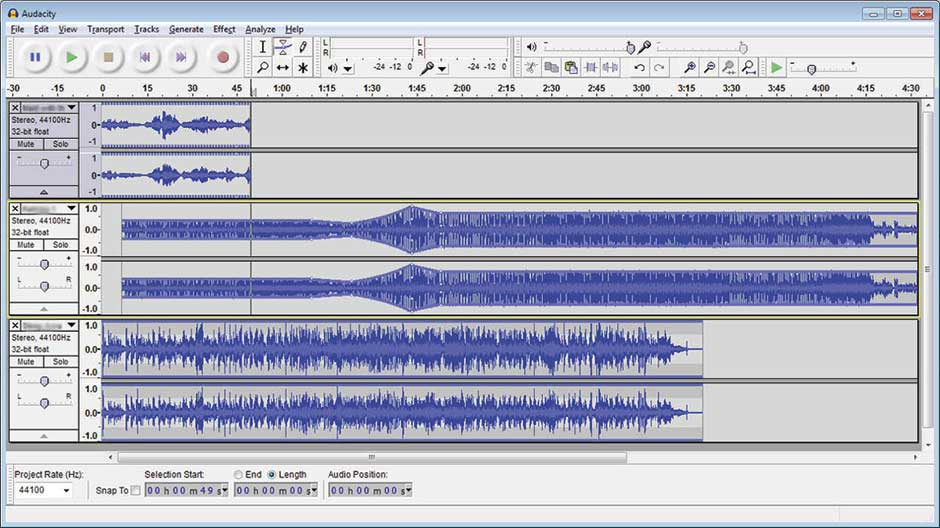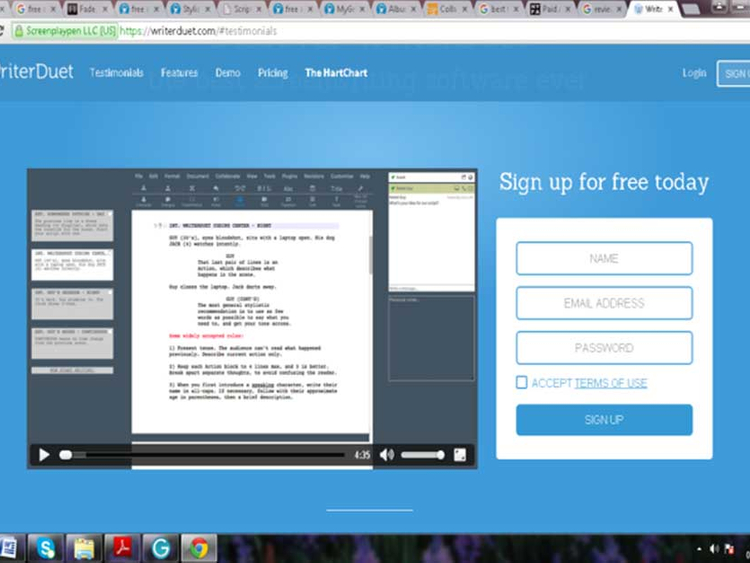Think you’ve got the next best idea for a hit podcast? Here are the five core principles to help you get your voice out to the multiverse.
Plan your podcast
Before you jump into buying a domain name and doling out cash on fancy equipment, you will need a game plan. And that plan will involve deciding what you want to talk about, if you’re going to go at it alone or whether you’ll need co-hosts or interviewees, how much time you can spare to produce the content, and understanding what you bring to the show.
What you can definitely count on is the fact that if you’ve thought of a broad topic to talk about, somebody else is already doing it. Your job is then to decide what fresh angle you can bring to the content or the form to make your podcast stick out.
The best software to capture your ideas on the go is Evernote. Jotting down your show plans and brainstorming ideas here makes sure your thoughts on this app are never lost.
And once you get down to writing or co-writing your scripts for each episode, our best recommendation is WriterDuet: user-friendly and extremely easy to set up, this free software lets you collaborate on scripts with multiple people, helps format the content, saves edits in real-time and lets you talk with your collaborators using in-built video chat and text messaging.
Research
This first involves listening to hours and hours of podcasts, so you have a better understanding of the competition and the playing field. (Follow this column for podcast recommendations.)
And by now, if you’ve planned for your podcast well, you know what topic/topics you’re going to be speaking about and how many people the show will involve.
Podcasters spend anywhere between a week to several months just researching their subjects, depending on how much depth you want to give your episodes. Depending on your podcast idea, make sure you’re on top of what you’re talking about and are well-versed with what’s going on currently in the field and the topic of your discussion.
Mic
While you could technically record a podcast using just your iPhone, your listeners might not especially appreciate your move. But you don’t have to break the bank to begin your podcasting journey either. Most podcasters swear by Audio-Technica ATR2100-USB, and for good reason. At less than Dh300 (desertcart.ae), the ATR2100-USB is versatile (with built-in XLR and USB, making it ideal for both indoor and outdoor live recording), gives mind-blowing quality, sounds professional, and connects directly to your PC.
Recording/editing software
It doesn’t matter what PC or laptop you’re working out of, Audacity is your new best friend. While the software looks daunting and complicated on first glance, you’ll need less than a day to understand the basics of this powerful recording and editing tool, especially with all the tutorials available online. And did I mention this was free?
Try and keep your editing process as simple as possible. The fewer errors you make, the less you’ll have to cut out. Also try and eliminate any external noise and disturbance at the recording stage, so you don’t have to work on them in post-processing.
Host the podcast
After you have a few completed episodes in your roster and have prepared show notes and necessary artwork to go with each podcast (or a logo, at the minimum), it’s time to get it out to your listeners. Ever since SoundCloud added RSS (a syndicating system) to their list of services in 2015, the previously largely music-uploading and streaming service, opened the floodgates to eager and new podcast hosts.
While it’s always handy to learn how to set up an RSS feed on your dedicated website, a lot of website hosts don’t allow huge audio files to be downloaded, so as to not strain their servers. Hosting your podcast on SoundCloud eliminates that worry. And it costs less to nothing (Dh25/month).
Watch this space over the next few weeks to get expert advice from popular podcasters on more detailed tricks of the trade.















